For centuries, humans have been intrigued by the possibility of communicating with the beyond. From ancient rituals to modern-day séances, our curiosity often leads us to mysterious tools like the Ouija board. Although some see it as a mere game, others treat it with reverence and caution, respecting its potential connections to the otherworldly. Whether you believe in the supernatural or simply enjoy the ambiance of a candlelit evening with friends, sliding the planchette across a Ouija board can be a thrilling experience. But like any adventure into the unknown, it’s essential to be prepared and proceed with care. In this blog post, we’ll explore how to use a Ouija board safely, ensuring both a respectful approach to the spirit realm and a secure environment for all participants.
What is a Ouija Board?
A Ouija board, sometimes referred to as a spirit board or talking board, is a flat board marked with letters of the alphabet, numbers 0-9, and the words “yes,” “no,” “hello,” and “goodbye.” Some boards also include other symbols or words. Players use a small, heart-shaped piece called a planchette to navigate the board. The board is used as a means to communicate with the spirit world or receive messages from beyond.
Here’s a general idea of how a Ouija board is typically used:
- Participants (usually at least two) sit around the board, lightly placing their fingers on the planchette.
- One participant typically asks a question, inviting spirits to guide the movement of the planchette to spell out answers or indicate a response.
- The planchette supposedly moves in response to the spirits’ guidance, pointing to letters or words to communicate a message.
The origins of the Ouija board can be traced back to the 19th-century American spiritualist movement. It was initially seen as a tool for communicating with deceased loved ones, especially during and after the Civil War when many were grieving lost family members. The board’s name, “Ouija,” is believed to be a combination of the French word “oui” and the German word “ja,” both meaning “yes.”
Throughout the 20th century and into the 21st, Ouija boards have been produced and sold as both spiritual tools and board games. Their use has been a subject of debate and controversy. Some people believe they can genuinely communicate with spirits, while skeptics view the movement of the planchette as being driven by the subconscious movements of the participants (a phenomenon known as the ideomotor effect).
While many use Ouija boards as a fun and spooky form of entertainment, others caution against their use, citing negative or unsettling experiences. Some religious groups also warn against using Ouija boards, viewing them as potential gateways to malevolent forces or entities.
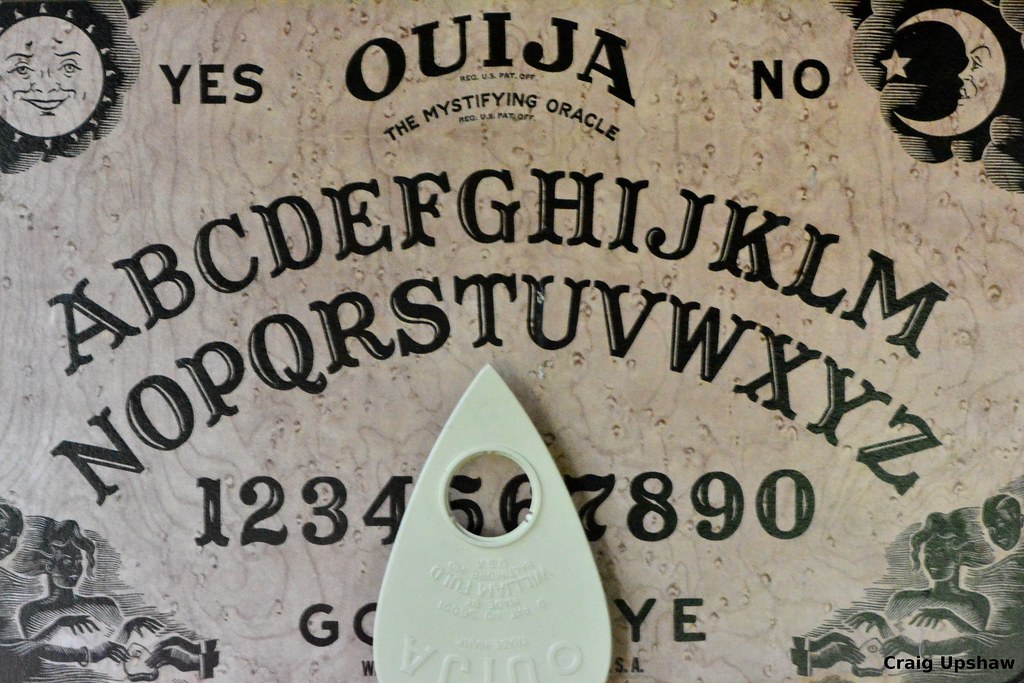
What Negative Consequences Can Happen Using a Ouija Board?
The use of a Ouija board has been a topic of debate and controversy for many years. For some, it’s merely a game or a fun way to spook oneself during a sleepover, while for others, it’s taken as a serious tool for spiritual communication that comes with its own set of risks. Here are some of the commonly cited negative consequences or experiences associated with using a Ouija board:
- Spiritual Attachments: Some believe that using a Ouija board can invite unwanted spiritual entities or energies into a person’s life, leading to bad luck, unexplained occurrences, or even hauntings.
- Possession: More extreme claims suggest that malevolent spirits can possess or harm individuals who use a board without the proper protections or respect.
- Psychological Distress: Even without a genuine supernatural occurrence, the experience of using a Ouija board can be psychologically unsettling for some. They might become anxious, paranoid, or obsessed with the idea that they’ve contacted an otherworldly entity.
- Misinformation: Since there’s no way to verify the “source” of any messages received via the board, there’s the risk of receiving and acting upon misinformation. This can be particularly concerning if individuals are seeking guidance or answers to serious life questions.
- Interpersonal Conflicts: In group settings, disagreements about the board’s messages or accusations of participants deliberately moving the planchette can lead to arguments and trust issues.
- Physical Harm: This is less about the supernatural and more about the physical surroundings. Participants may be using the board in a dimly lit room with candles, leading to potential fire hazards or tripping accidents.
- Fear and Anxiety: Some individuals may experience lingering fear or anxiety after using a Ouija board, particularly if the session included negative or ominous messages.
- Religious or Cultural Taboos: For those who come from religious or cultural backgrounds that view Ouija boards as taboo or forbidden, using one can lead to feelings of guilt, shame, or fear of divine retribution.
- Exacerbation of Mental Health Issues: For those with pre-existing mental health concerns, especially conditions like schizophrenia or severe anxiety, using a Ouija board might exacerbate symptoms or lead to delusional beliefs.
While some of these concerns are based on spiritual or supernatural beliefs and others on psychological or practical issues, it’s essential to approach the use of a Ouija board with an understanding of one’s own beliefs, emotional state, and comfort level. If choosing to use one, it’s wise to do so with caution, respect, and an awareness of potential risks.
How Can I protect Myself While Using a Ouija Board?
For those who choose to use a Ouija board and are concerned about potential negative consequences, there are several commonly recommended practices for protection. Whether these methods are seen as symbolic gestures or actual protective measures might depend on individual beliefs, but here are some common suggestions:
- Set an Intention: Before starting, clearly state your intention. It can be helpful to vocalize that you only wish to communicate with positive or benevolent spirits and that any negative entities are not welcome.
- Use Protective Symbols: Some people wear or place protective symbols nearby, such as religious amulets, crosses, or pentagrams. These items can provide comfort and are believed by some to ward off negative energies.
- Create a Protective Circle: Using salt or crystals, you can create a circle around the area where you’ll be sitting. This circle is seen as a barrier against negative energies.
- Begin and End with a Prayer: Depending on your religious or spiritual beliefs, saying a prayer before and after can invoke protection and guidance from higher powers.
- Stay Calm and Respectful: Approach the session with a calm and respectful demeanor. If the communication becomes negative or uncomfortable, remain calm and end the session.
- Closing the Board: Always close the Ouija session properly. This can involve saying goodbye and waiting for the planchette to move to “goodbye” or vocalizing that the session is over and that no spirits are allowed to remain. It’s a way of formally ending the communication and closing any “doors” that might have been opened.
- Cleanse the Space: After a session, cleanse the space using methods like burning sage, sprinkling salt, or using protective incense. Some also choose to cleanse themselves and the participants, ensuring that no residual energies linger.
- Avoid Using Alone: It’s often recommended to never use a Ouija board alone. Having another person present can provide support and an additional perspective.
- Trust Your Intuition: If something feels off or uncomfortable, trust your instincts and end the session.
- Educate Yourself: If you’re new to Ouija boards or spiritual communication, take the time to educate yourself on best practices and potential risks. Knowledge can be a form of protection.
- Store the Board Properly: After use, store the board and planchette separately and in a respectful manner. Some believe this helps in ensuring that the board isn’t left “open” for communication without your initiation.
While these protective measures are commonly recommended by those who believe in the spiritual aspect of Ouija boards, it’s essential to approach the board based on your comfort level, beliefs, and understanding. Remember, for many people, a Ouija board is merely a game or a piece of entertainment, while for others, it carries significant spiritual weight. The key is to be respectful and informed, no matter your perspective.
Where Can I Buy a Ouija Board?
Here are a few Ouija Boards that get great reviews on Amazon:
- Winning Moves Games Classic Ouija: Costs around $20. Has an overall rating of 4.4 with 8,291 reviews.
- Spirit Board Game with Planchette: Cost is $15. Has an overall rating of 4.0 with 242 reviews.
- Pendulum Dowsing Divination Board: Costs $15. Has an overall rating of 4.1 with 1,474 reviews. Comes with extras.
Overall, is it Safe to Use a Ouija Board?
The safety of using a Ouija board largely depends on individual beliefs, perspectives, and experiences. Let’s break down the various views on the matter:
- Skeptical or Scientific Perspective: Skeptics, often relying on scientific understanding, generally see Ouija boards as harmless. The movement of the planchette is attributed to the ideomotor effect, where individuals make motions unconsciously. From this viewpoint, there’s no supernatural element at play, and the board is just a game. However, even skeptics might advise caution due to the potential for psychological effects. If participants scare themselves or become overly anxious, this could lead to stress or fear even without a supernatural basis.
- Spiritual or Supernatural Perspective: Those who believe in the spiritual or supernatural properties of the Ouija board might caution against its use or at least advocate for protective measures. They believe that the board can be a gateway to communicate with entities, not all of which are benevolent. From this viewpoint, there are potential risks involved, and users should be cautious, respectful, and knowledgeable.
- Psychological Perspective: Regardless of the board’s supernatural properties (or lack thereof), there’s the potential for psychological effects. Some users might experience fear, anxiety, obsession, or paranoia, especially if they interpret the board’s messages in negative or harmful ways. People with pre-existing mental health conditions might be especially vulnerable.
- Cultural or Religious Perspective: Some religious and cultural beliefs hold that using a Ouija board is taboo, forbidden, or dangerous. Individuals from these backgrounds might experience guilt, fear of retribution, or other emotional distress related to their beliefs.
- Practical Perspective: From a sheer practical standpoint, the act of using a Ouija board in a dim environment, perhaps with candles, carries the risk of accidents, like knocking over a candle or tripping in the dark.
In summary, the perceived safety of using a Ouija board largely depends on personal beliefs and experiences. If you’re considering using one, it’s crucial to reflect on your comfort level, understand potential risks (whether you see them as psychological, spiritual, or practical), and always prioritize your well-being. If there’s ever doubt or discomfort, it’s perfectly okay to opt out or approach the experience with extra caution.












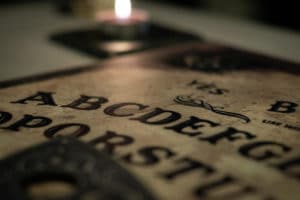


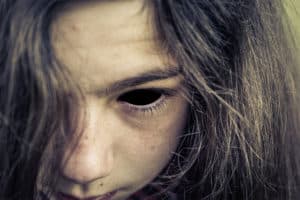

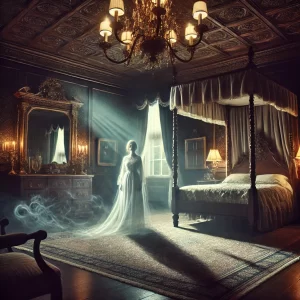
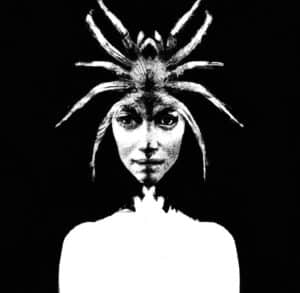
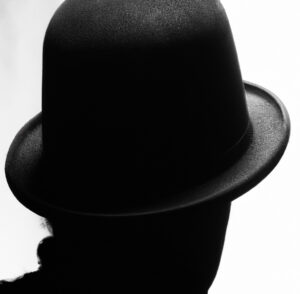






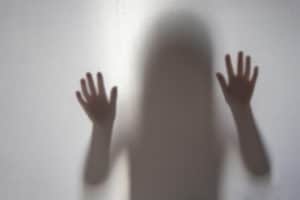


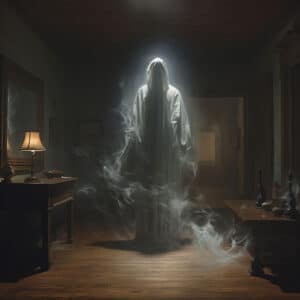





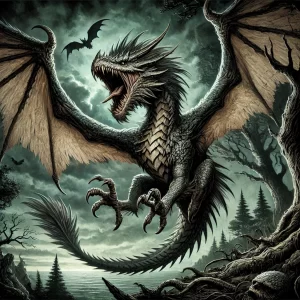


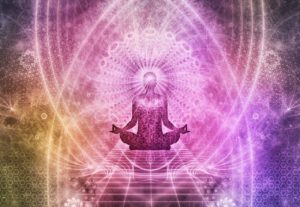





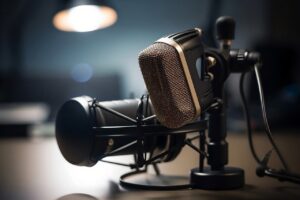


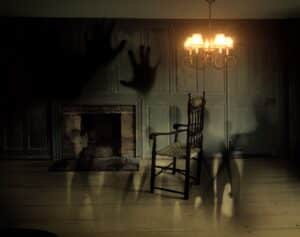
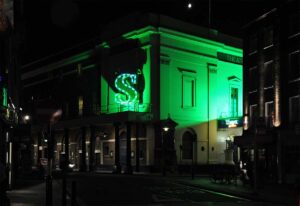

Leave a Reply